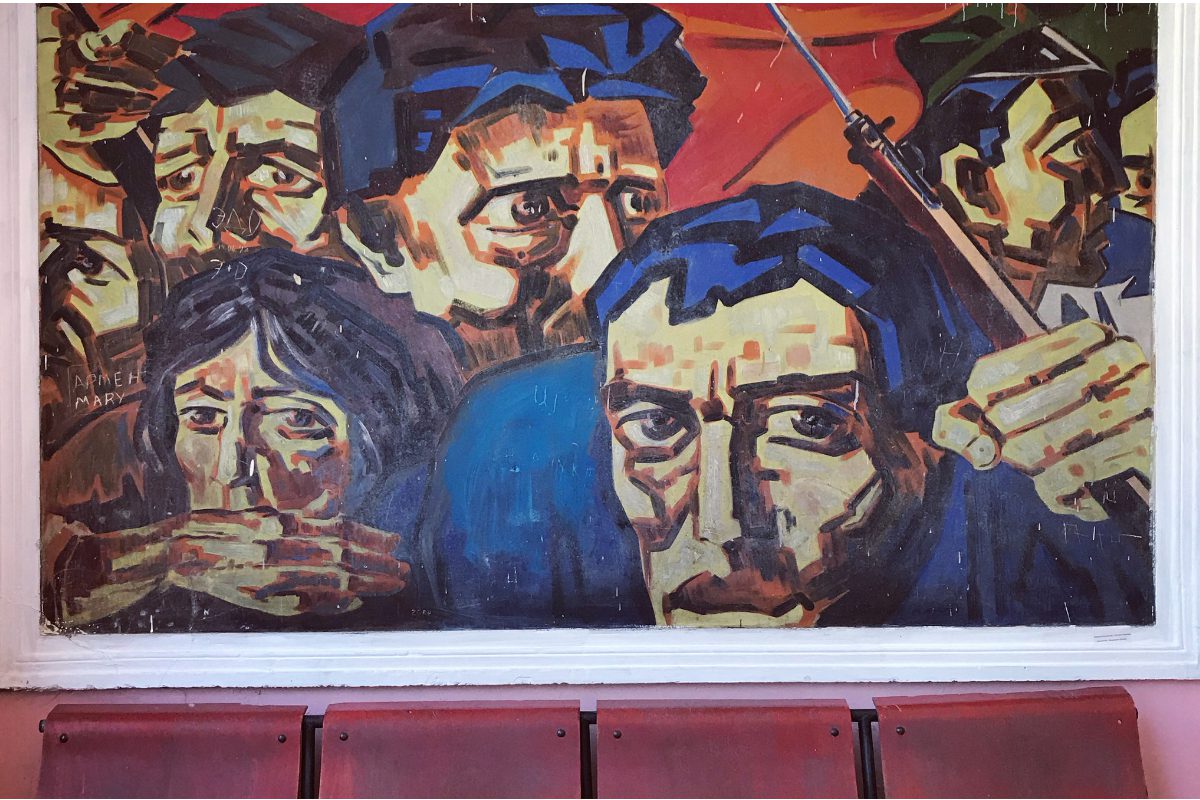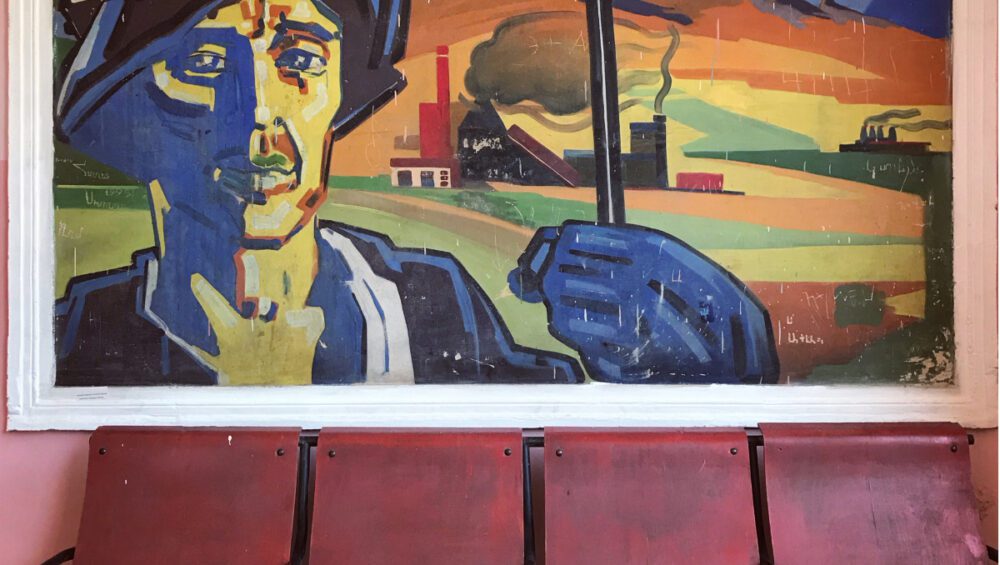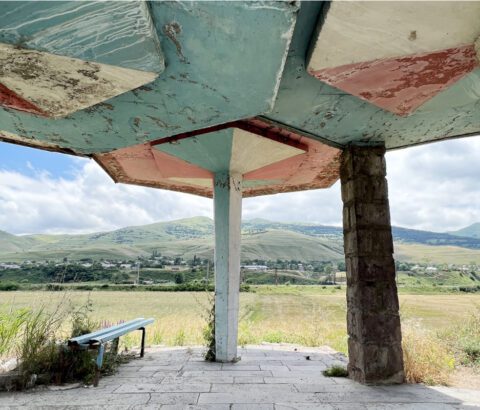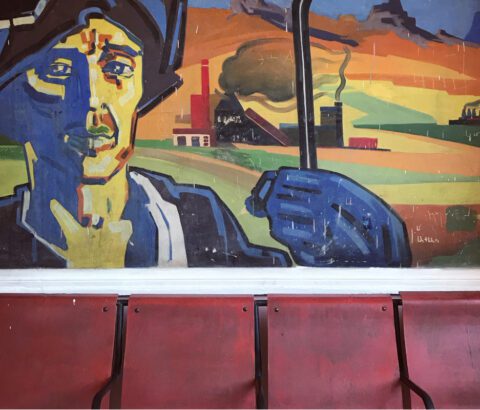Only a few years ago, the city of Alaverdi and its surrounding landscape left the impression of a bleak settlement after a nuclear catastrophe. The gigantic copper-mining plant, which gave birth to this city in the 18th century, had transformed the area into a swamp of toxic waste that enveloped everything into a veil of smog and ash. Other than the nearby Sanahin monastery, the city seemed to offer little of interest that could possibly warrant a stop-over. But since the plant ceded its operations in 2017 due to bankruptcy, the natural environment has reawakened once again, allowing us to see the city in a new light. Despite the locals’ belief that Alaverdi has no existence beyond mining, in actual fact, it is an unrecognized historical and architectural gem that offers many tantalizing sites for visitors interested in Soviet urban development, industrialization and engineering.
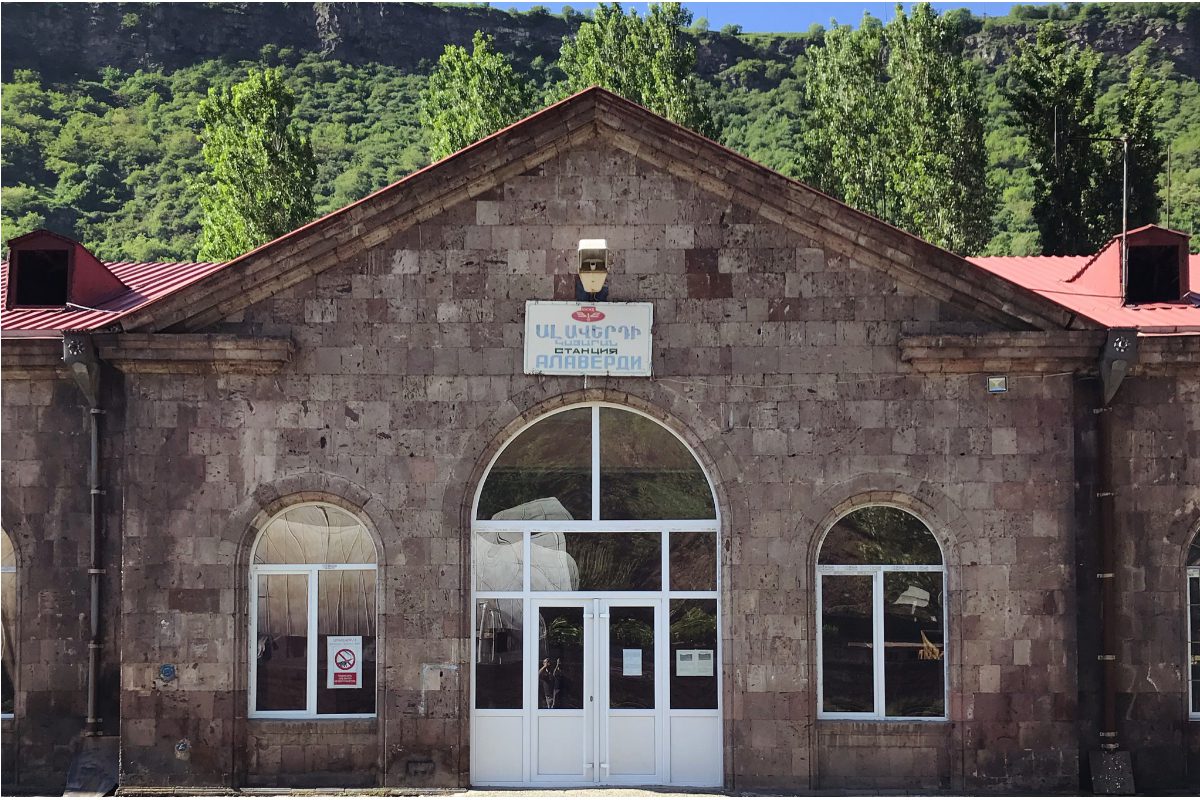
One of the more striking remnants of the Soviet civilization is the city’s train station. Once a crucial transport hub that connected Alaverdi to Yerevan, Tbilisi, Vanadzor and Gyumri, it no longer services passenger trains and only acts as a temporary stop-over for cargo convoys. The station’s building, however, still speaks of Alaverdi’s glory days, when its industrial might was reflected in the rapid growth of social and cultural infrastructures and new districts. Outwardly, the 1940s-50s pink tufa building is a standard example of Soviet-Armenian neoclassicism with a typical arched entrance and windows on the main facade. Inside, however, the treatment is radically different. The light-filled foyer is framed by columns topped with Ionic capitals and a ceiling decorated with rich ornamental plasterwork. This clash of styles and excessive grandiosity was a defining feature of Stalinist-era architecture, which emphasized the outward extravagance of public buildings as a means to constantly remind the citizens of the Empire’s power and glory.
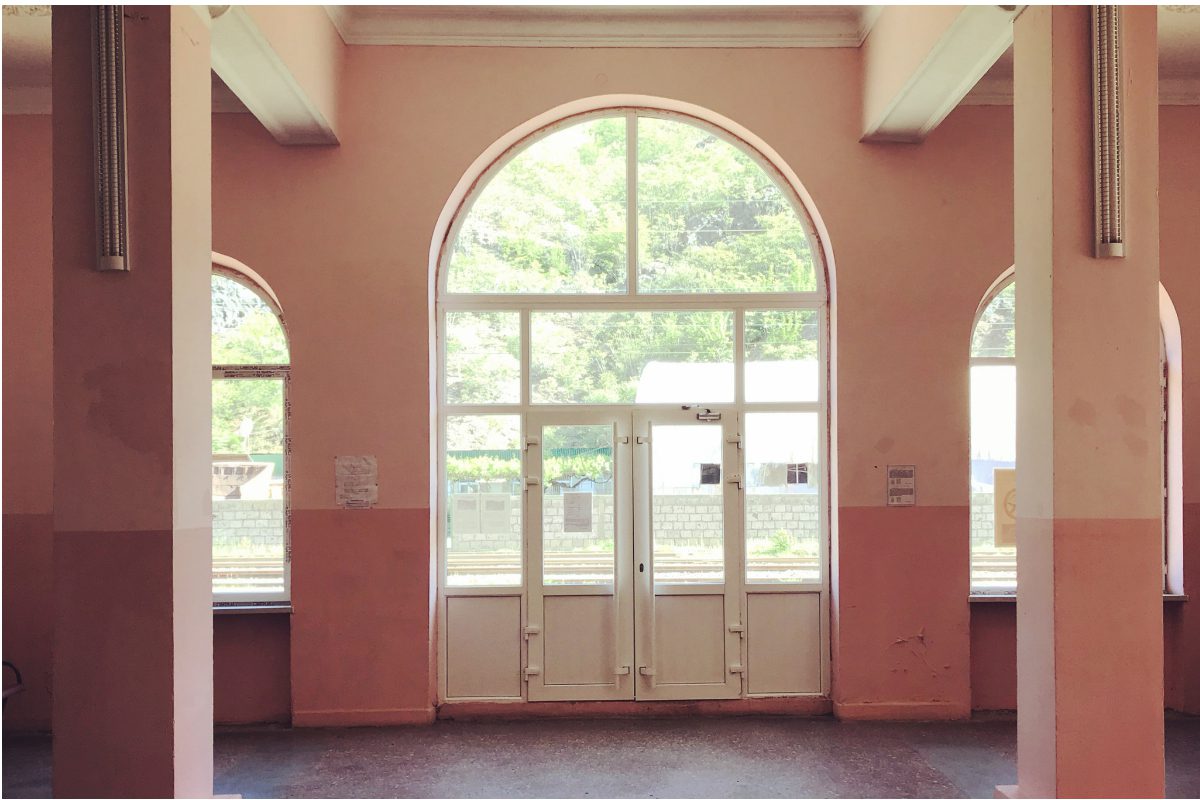
But the star attraction here, and the key reason to make this a compulsory visit, is the suite of four frescoes decorating the station’s waiting hall. Two of the panels depict scenes from the poems Anush and Gikor – the most iconic works by the legendary native of the Lori region, Hovhannes Tumanyan that have long become part of Armenian popular culture.
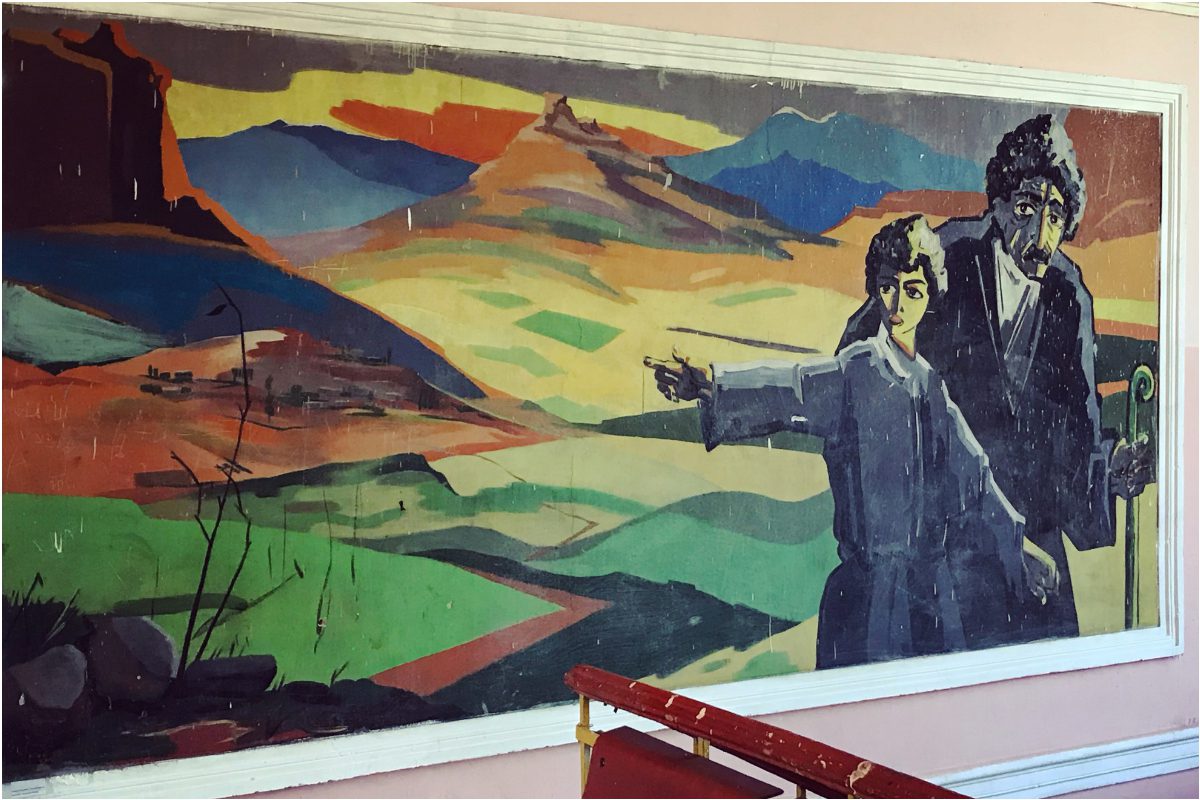
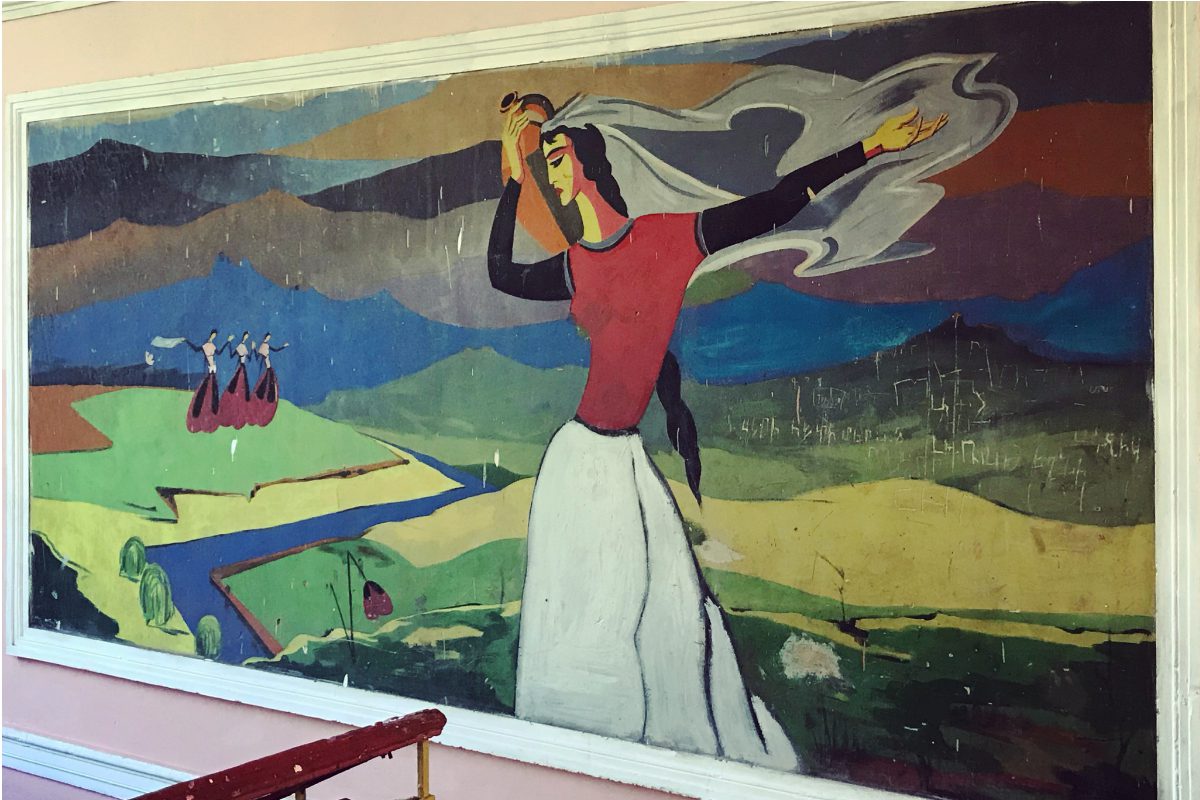
The other frescoes represent the uprising of mine workers during the Bolshevik revolution and a portrait of a smelter proudly posing against the background of Alaverdi’s factory buildings and lush mountains. Rendered in lush, primary colors and bold outlines that were so distinctive to post-war Armenian painting, this pictorial sequence makes a brash attempt to crystalize the region’s identity. The bucolic, albeit impoverished past has become the stuff of legends and poems, to be replaced by the revolutionary zeal and progressive drive of the industrial, Communist present.
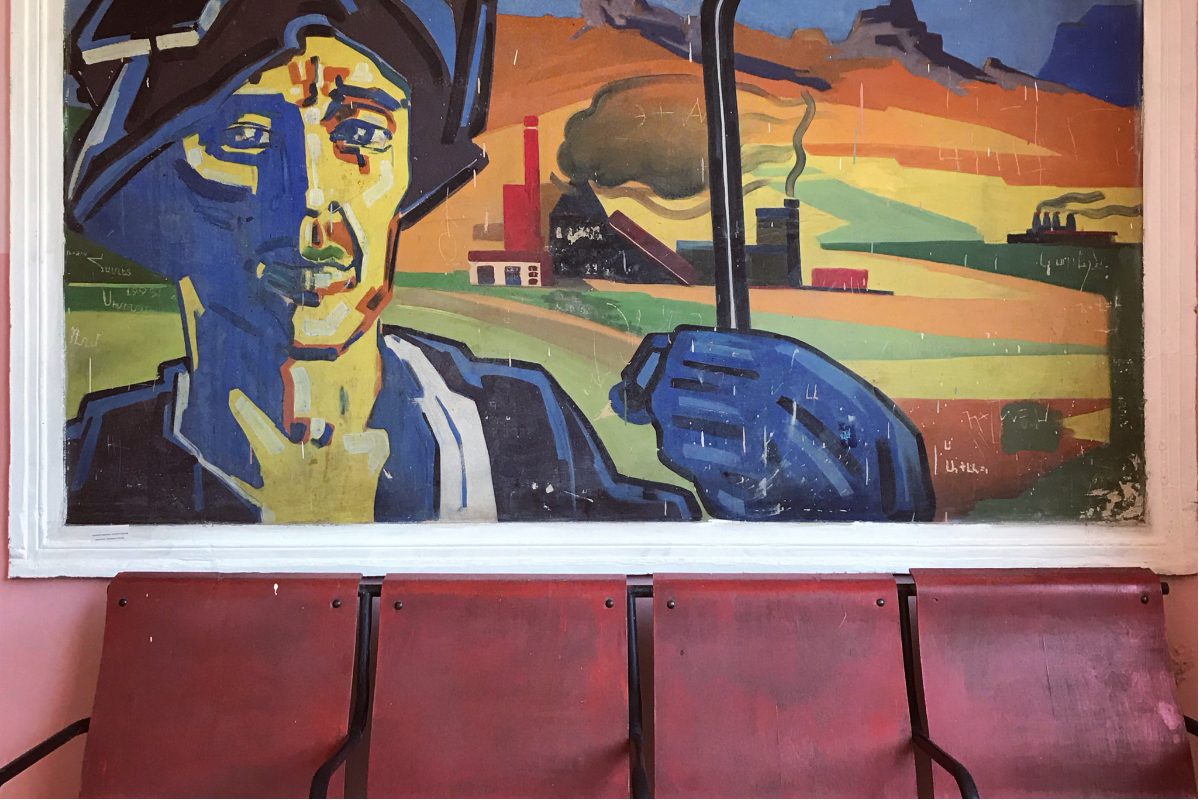
Created in the early 1960s, the frescoes are the only known monumental work by Rudolf Khachatryan (1937-2007), an artist who became widely popular in the 1970s-80s with his large-scale, hyper-realistic drawings of Soviet artists, allegorical compositions and still-lives. The state-commissioned Alaverdi frescoes belong to Khachatryan’s early period, when he had not yet developed his signature style and was under the influence of masters such as Martiros Saryan and Minas Avetisyan. His superbly-executed panels are textbook examples of the transformations that occurred in Soviet art of the post-Stalinist period, when the ideological dictates of socialist-realism were giving way to nationalist ideas and the artists’ desire for free expression. The train station itself can be perceived as a microcosm of Soviet cultural practices – a time machine that transports us to a period when art was an influential part of everyday life and a powerful ideological tool in the hands of an autocratic state.
